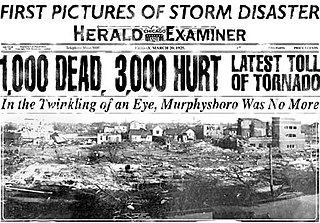
The Chicago American was an afternoon newspaper published in Chicago under various names from 1900 until its dissolution in 1975.

Charles Dillon Perrine was an American astronomer at the Lick Observatory in California (1893-1909) who moved to Cordoba, Argentina to accept the position of Director of the Argentine National Observatory (1909-1936). The Cordoba Observatory under Perrine's direction made the first attempts to prove Einstein's theory of relativity by astronomical observation of the deflection of starlight near the Sun during the solar eclipse of October 10, 1912 in Cristina (Brazil), and the solar eclipse of August 21, 1914 at Feodosia, Crimea, Russian Empire. Rain in 1912 and clouds in 1914 prevented results.
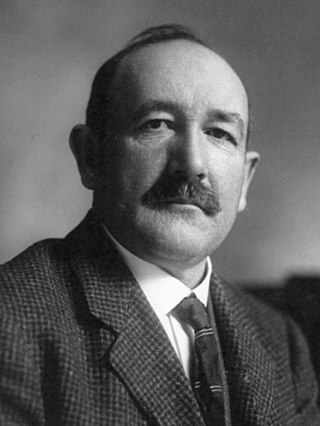
Homer Calvin Davenport was a political cartoonist and writer from the United States. He is known for drawings that satirized figures of the Gilded Age and Progressive Era, most notably Ohio Senator Mark Hanna. Although Davenport had no formal art training, he became one of the highest paid political cartoonists in the world. Davenport also was one of the first major American breeders of Arabian horses and one of the founders of the Arabian Horse Club of America.

Arthur Henry Young was an American cartoonist and writer. He is best known for his socialist cartoons, especially those drawn for the left-wing political magazine The Masses between 1911 and 1917.

John Merle Coulter, Ph. D. was an American botanist and educator. In his career in education administration, Coulter is notable for serving as the president of Indiana University and Lake Forest College and the head of the Department of Botany at the University of Chicago.
Drew Litton is an American cartoonist and one of the last sports cartoonists left in the United States. He is nationally syndicated sports cartoonist though Andrews. Best known for his 25+ years as the creator of the popular Rocky Mountain News "Win, Lose & Drew" sports cartoon, he currently draws for KUSA 9News, ColoradoSun.com, Andrews McMeel syndicate, Colorado Rockies magazine and the Broncos for Kids magazine. His work has been featured on ESPN.com, Chicago Tribune, WGN and Sports Illustrated. He currently resides in Colorado with his wife, Diane and their dogs, Finnegan and Tucker. He publishes a commemorative calendar yearly.
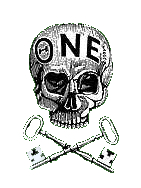
Theta Nu Epsilon is a sophomore class society. Founded at Wesleyan University in 1870 as a chapter of Skull and Bones, the society expanded into a new national organization. It accepts members regardless of their fraternity status.
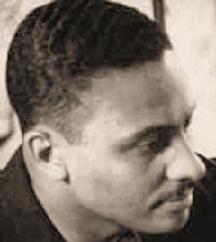
Elmer Simms Campbell was an American commercial artist best known as the cartoonist who signed his work, E. Simms Campbell. The first African-American cartoonist published in nationally distributed, slick magazines, he created Esky, the familiar pop-eyed mascot of Esquire.

Jessie Bartlett Davis was an American operatic singer and actress from Morris, Illinois, who was billed as "America's Representative Contralto".

Lars Jonson Haukaness was a Norwegian born American-Canadian impressionist painter and art instructor who was known for his landscapes.
Roy Bernard Kester was an American accountant, and Professor of accounting at the Columbia University. He is known as a prolific author in the field of accounting.

Ryan Walker was an American political activist and cartoonist. A prolific artist who published political cartoons in a variety of radical newspapers and magazines in the United States, Walker is best remembered as the creator of the recurring character "Henry Dubb", an American worker who ambled through life blithely being victimized by capitalism ostensibly as a result of his blind acceptance of the ideas of the ruling class.
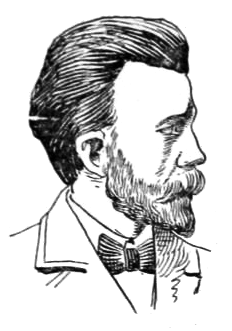
Albert Wilbur Steele was an American political cartoonist associated with the Denver Post and Rocky Mountain News. Steele was born in Malden, Illinois, the sixth child of Henry Danforth and Louisa (Peabody) Steele. His family came to Colorado when he was four, and he grew up in Denver. He was cartoonist with the Rocky Mountain News from 1890 to 1897, and joined the Post in 1897. His cartoons were reproduced frequently in national magazines such as Review of Reviews and Cosmopolitan, as well as New York and Chicago newspapers. He married Anna Crary, a children's writer, on March 27, 1884.
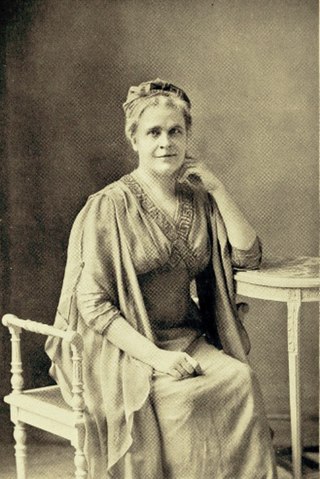
Anna Wolcott Vaile was an American educator who established the Wolcott School for Girls and was on the Board of Regents for the University of Colorado.

Flower-Vaile House is a historic house in North Capitol Hill, Denver, Colorado. The house was designed by Balcombe and Rice and built by D. S. Gray. It was designated a Denver Landmark on October 13, 1981 and was listed on the National Register of Historic Places on October 21, 1982. Richard R. Brettel described the house in Historic Denver as a prime example of "decorative or surface style eclecticism added to the basic Queen Anne Street house — very common in Denver by the mid- to late-1880s."
The New York World was one of the first newspapers to publish comic strips, starting around 1890, and contributed greatly to the development of the American comic strip. Notable strips that originated with the World included Richard F. Outcault's Hogan's Alley, Rudolph Dirks' The Captain and the Kids, Denys Wortman's Everyday Movies, Fritzi Ritz, Gus Mager's Hawkshaw the Detective, Victor Forsythe's Joe Jinks, and Robert Moore Brinkerhoff's Little Mary Mixup.

The Grand Circuit, also known as the "Big Wheel", is a group of harness racing stakes races run at various race tracks around the United States. Run on one-mile tracks, it is "the oldest continuing horse-racing series in the United States."

Wilhelmine "Minnie" Marie Enteman Key was an American geneticist. She was the first woman to gain a PhD in zoology from the University of Chicago, where she studied coloration in paper wasps. She contributed to the study of eugenics and was an influential teacher to Sewall Wright.















